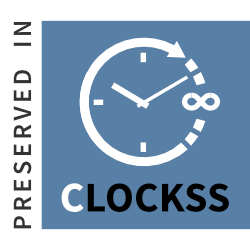Functional Categorization and Comparative 3D Models Study of TMEM16B
DOI:
https://doi.org/10.53992/njns.v8i2.120Keywords:
TMEM16B, Rosetta, Alpha Fold, I-Tasser, CaCCAbstract
TMEMs expressed nearly in every part of the body, but its expression is high in brain.TMEM16B is a transmembrane protein perform numerous physiological functions. It encodes a conserved Ca2+-activated Cl- channel (CaCC). This protein mediates the regulation of Ca2+ levels and is involved in anxiety related disorders. Its distributive pattern shows that it performs an important role in many neurological disorders via multiple signaling pathways. The stability and reactivity of this protein was assessed physio chemically and by determination of its domain. Different bioinformatics tools such as Pfam, ProtParam, and SOPMA were used respectively for protein secondary structures prediction. The drug discovery processes were dependent upon the protein modelling to large extent. This study was based upon the comparative in-silico modelling of 3-dimensional (3D) structure prediction through Robetta, I-TASSER, and AlphaFold (bioinformatics tools). The validation of these models were checked by using the SAVESv6.0 (PROCHECK) server. We got the best 3D structure by using the Robetta. The 3D structure prediction of TMEM16B was important because its function was determined by its structure and, after the structure finding, scientists would develop the drugs that could cure the neurological disorders associated with this protein. It can be concluded that this structure will help us in assembly of complete structural proteome profile. Huge data generated through experimentation will help in future machine learning that will assist in increasing the number of structural templates.




